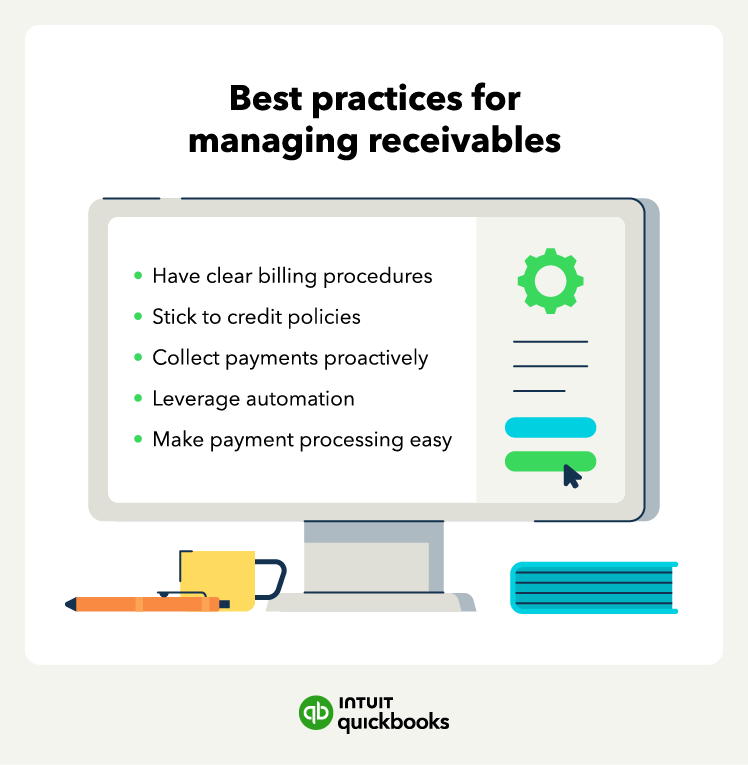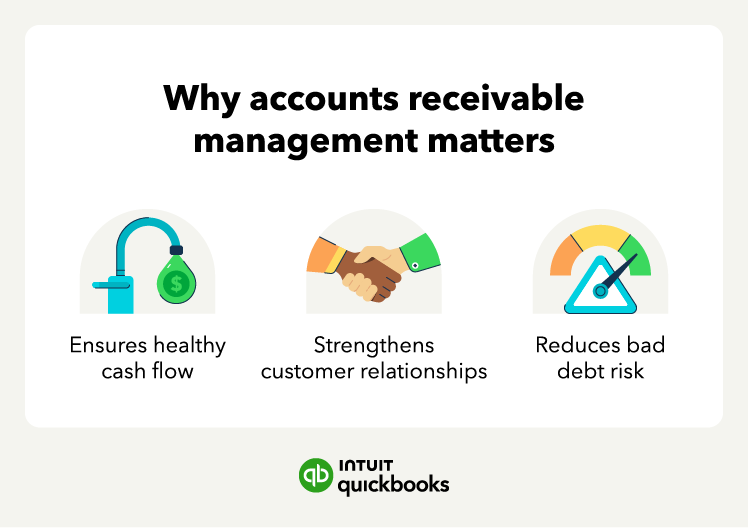Day sales outstanding (DSO) measures the average number of days it takes for a business to collect payment on its accounts receivables. The DSO formula is:
(Average accounts receivable / net credit sales) * Number of days in period
Lower DSO ratios mean you’re collecting receivables quickly. This can improve cash flow.
Cash conversion cycle (CCC) measures how quickly a business is able to convert its cash into sales and then collect the proceeds from those sales. The CCC formula is:
Days inventory outstanding (DIO) + Days sales outstanding (DSO) - Days payable outstanding (DPO)
A shorter CCC is generally better, as it means that the business can generate cash more quickly.
Accounts receivable turnover ratio is how efficiently you collect your accounts receivable. The accounts receivable turnover formula is:
Net credit sales / Average accounts receivable
The higher the ratio, the more efficient you are at collecting receivables. And while not a traditional metric, customer satisfaction is important in assessing the effectiveness of AR management.
Satisfied customers are more likely to pay on time and maintain a positive business relationship. Clear communication and efficient payment processes contribute to higher customer satisfaction levels.
Choose the best payment setup for your business
Effective accounts receivable management is crucial for maintaining a healthy cash flow and minimizing the risk of bad debt. Part of that is getting paid online, which helps businesses run smoother and more efficiently. Accounting software with built-in features for accepting digital payments, like QuickBooks Online, makes it easier to manage accounts receivables.



















